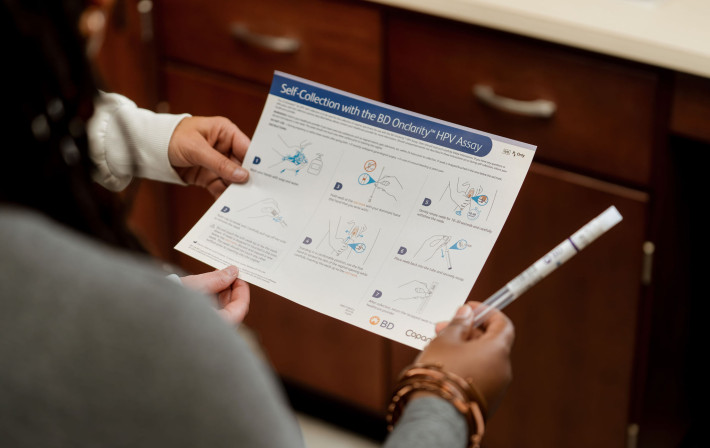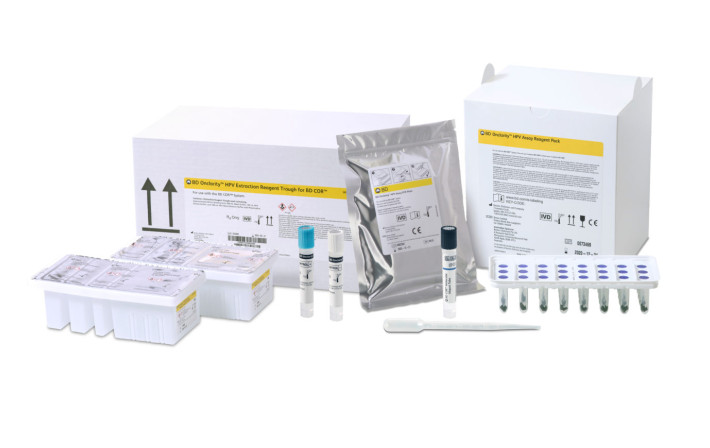Original research: Performance of a vaginal panel assay compared with the clinical diagnosis of vaginitis

Performance of a Vaginal Panel Assay Compared With the Clinical Diagnosis of Vaginitis. Broache M, Cammarata CL, Stonebraker E, Eckert K, Van Der Pol B, Taylor SN. Obstetrics and Gynecology. 2021;138(6):853-859.
ABSTRACT
OBJECTIVE:
To compare the performance of vaginitis diagnosis based on clinical assessment to molecular detection of organisms associated with bacterial vaginosis, vulvovaginal candidiasis, and Trichomonas vaginalis using a vaginal panel assay.
METHODS:
This cross-sectional diagnostic accuracy study included 489 enrolled participants from five collection sites where those with vaginitis symptoms had a vaginal assay swab collected during their visit and a clinical diagnosis made. The swab was later sent to a separate testing site to perform the vaginal panel assay. Outcome measures include positive, negative, and overall percent agreement (and accompanying 95% CIs) of clinical assessment with the vaginal panel assay. P<.05 was used to distinguish significant differences in paired proportions between the vaginal panel assay and clinical diagnosis, using the McNemar test. Inter-rater agreement between the two diagnostic approaches was determined using Cohen's kappa coefficient.
RESULTS:
Clinical diagnosis had a positive percent agreement with the vaginal panel assay of 57.9% (95% CI 51.5–64.2%), 53.5% (95% CI 44.5–62.4%), and 28.0% (95% CI 12.1–49.4%) for bacterial vaginosis, vulvovaginal candidiasis, and T vaginalis, respectively. Negative percent agreement for clinical diagnosis was 80.2% (95% CI 74.3–85.2%), 77.0% (95% CI 72.1–81.4%), and 99.8% (95% CI 98.7–99.9%), respectively. Sixty-five percent (67/103), 44% (26/59), and 56% (10/18) of patients identified as having bacterial vaginosis, vulvovaginal candidiasis, and T vaginalis by assay, respectively, were not treated for vaginitis based on a negative clinical diagnosis. Compared with the assay, clinical diagnosis had false-positive rates of 19.8%, 23.0%, and 0.2% for bacterial vaginosis, vulvovaginal candidiasis, and T vaginalis, respectively. Significant differences in paired proportions were observed between the vaginal panel assay and clinical diagnosis for detection of bacterial vaginosis and T vaginalis.
CONCLUSION:
The vaginal panel assay could improve the diagnostic accuracy for vaginitis and facilitate appropriate and timely treatment.



